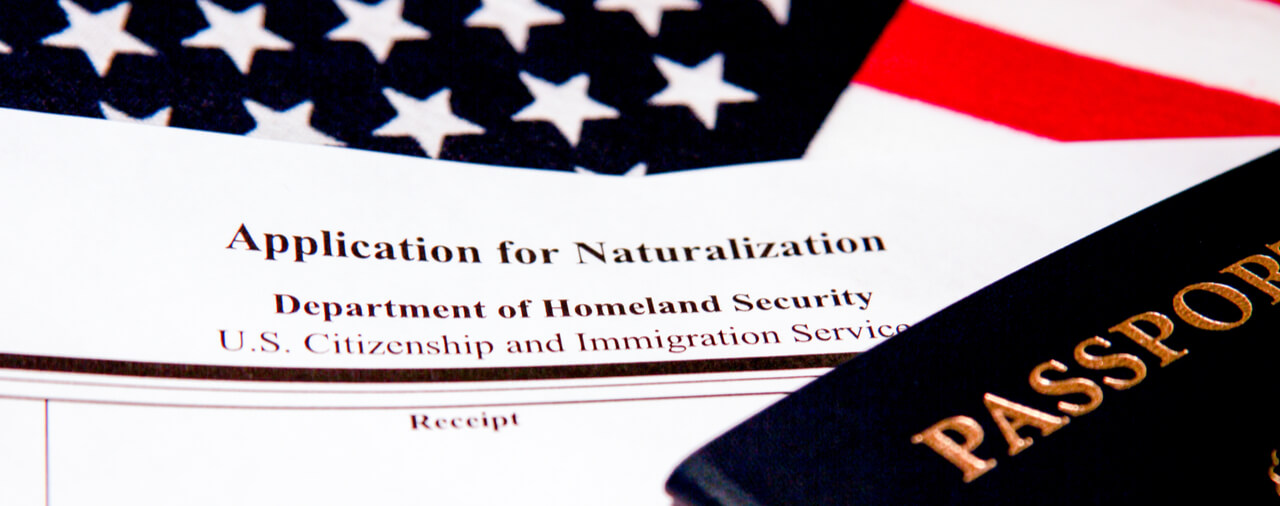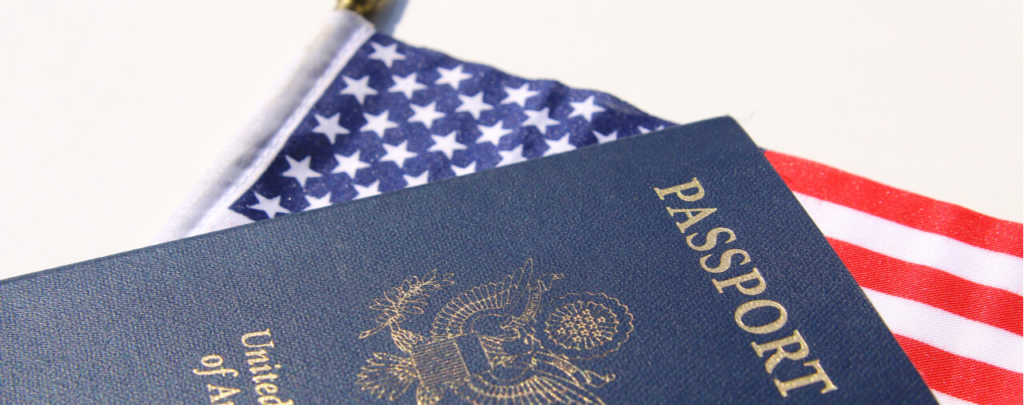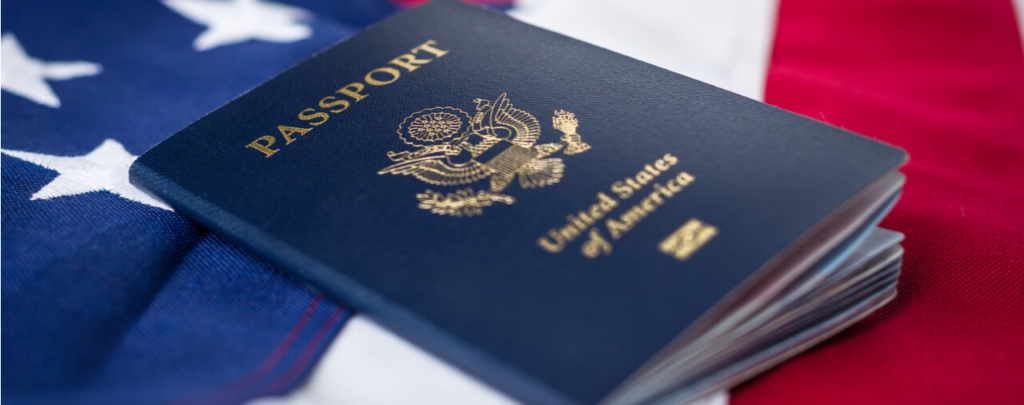- Introduction: Physical Presence Requirement for Naturalization
- The Physical Presence Requirement
- Distinguishing Physical Presence from Continuous Residence
- Demonstrating Physical Presence
- One-Year Physical Presence Requirement for Certain Exceptions
- Special Case for Certain Spouses of Military Personnel
- Other Special Cases
- Conclusion: Physical Presence for Naturalization
Introduction: Physical Presence Requirement for Naturalization
In order to procure naturalization, an LPR must meet both a continuous residence requirement and a physical presence requirement for a statutory period subsequent to his or her admission as a lawful permanent resident (LPR) and immediately preceding his or her application for naturalization. In most cases, the continuous residence requirement is five years and the physical presence requirement is at least one-half of those five years. In this article, we will discuss the physical presence requirement for naturalization. We advise first reading our full article about the continuous residence requirement [see article]. Our articles about exceptions to the rule that an absence of a continuous period of one year or more breaks the continuity of residence [see article] and about situations in which the statutory period of continuous residence and physical presence is waived [see article] are pertinent as well.
Finally, it is important to distinguish the concepts of continuous residence and physical presence for naturalization purposes from the concept of the “abandonment” of LPR status. To learn about the abandonment of LPR status, please see our articles about the Department of State (DOS) rules [see article] and important administrative and judicial precedent on the issue [see article].
The Physical Presence Requirement
Under section 316(a)(1) of the Immigration and Nationality Act (INA), an LPR seeking naturalization must have been, for at least the five years preceding his or her application for naturalization:
Continuously residing in the United States; and
Physically present in the United States for period(s) totaling at least half of that time.
The physical presence requirement is discussed in the United States Citizenship and Immigration Services (USCIS) Policy Manual at 12-USCIS-PM D.4 [link]. The PM clarifies that, for an applicant who is required to continuously reside in the United States for at least five years and to be physically present for at least half of that time, the applicant is required to demonstrate physical presence in the United States for at least 30 months (at least 913 days) before filing his or her naturalization application. This definition is found in the regulations at 8 C.F.R. 316.2(a)(4).
Distinguishing Physical Presence from Continuous Residence
Although continuous residence and physical presence are related requirements for naturalization, they are nevertheless distinct requirements, and most applicants for naturalization will be required to satisfy both.
“Physical presence” is a far more clearly defined concept than “continuous residence.” 12-USCIS-PM D.4 explains that physical presence is defined simply as the number of days that the applicant was actually present in the United States during the statutory period. If the applicant has any departures during the statutory period, the PM explains that the “USCIS will count the day that an applicant departs from the United States and the day he or she returns as days of physical presence within the United States.
“Continuous residence” is a more amorphous concept, pertaining to whether an applicant maintained his or her residence in the United States even if he or she had departures abroad. For absences other than those of a continuous period of one year or more, the question of whether continuous residence was maintained is circumstance specific. Compare this to physical presence, which relies only on whether the applicant was actually in the United States.
It is possible to satisfy one requirement and fail to satisfy the other. For example, an applicant could technically satisfy the continuous residence requirement but not have been physically present in the United States for half of the requisite statutory period. This scenario is quite possible in a case where the applicant files a Form N-470, Application to Preserve Residence for Naturalization, which allowed him or her to preserve continuous residence notwithstanding a continuous absence of at least one year or more, but which rendered the applicant still subject to the physical presence requirement. Conversely, an applicant for naturalization could be physically present in the United States for at least 30 months over the course of a five year period, but nevertheless be found to have had an interruption of residence due to a single continuous absence or multiple absences.
Demonstrating Physical Presence
12-USCIS-PM D.4 explains that the possession of a Form I-551, Permanent Resident Card, for the period of time for which physical presence is required does not by itself establish that an applicant for naturalization satisfied the physical presence requirement. In applying for naturalization, the applicant must submit documentation demonstrating that he or she was physically present in the United States for the requisite period for naturalization purposes. The PM states that the USCIS will “review all of the relevant records” in conjunction with the applicant’s testimony to determine whether he or she met the physical presence requirement for naturalization.
It is worth noting that the USCIS only counts physical presence in the Commonwealth of the Northern Mariana Islands on or after November 28, 2009, as continuous residence and physical presence for naturalization purposes.
One-Year Physical Presence Requirement for Certain Exceptions
In order to take advantage of exceptions afforded by the Form N-470 process to preserve residence [see section], an applicant must first have been physically present in the United States for at least one year. Whether the applicant will be subject to a general physical presence requirement for naturalization will depend on the type of employment he or she is engaging in overseas. This one year requirement applies also to those seeking a continuous residence and physical presence exception for working abroad in religious vocation.
Special Case for Certain Spouses of Military Personnel
Under 8 C.F.R. 316.6, the spouse of a U.S. military member who was authorized to accompany and reside abroad with that member of the Armed Forces under the member’s official orders and who was accompanying and residing abroad with that member of the U.S. Armed Forces will be eligible to have his or her time spent abroad treated as physical presence in the United States for purpose of naturalization under section 316(a) or 319(a).
Other Special Cases
Not every applicant for naturalization is subject to the dual five year continuous residence and 30 month physical presence requirements.
Applicants eligible for naturalization under section 319(a) of the INA are subject to a three year continuous residence and 18 month physical presence requirement. This provision applies to certain spouses of U.S. citizens who have been married to a U.S. citizen and have been living in “marital union” with such U.S. citizen spouse for the three years preceding the examination on the naturalization application.
The spouse [see article] or child [see article] who obtained LPR status [see article] as the victim of battering or extreme cruelty (Violence Against Women Act (VAWA) self-petitioners) are also subject to the three year continuous residence and 18 month physical presence requirements under section 319(a). This includes such persons who had conditional resident status lifted due to being victims of battery or extreme cruelty under section 216(c)(4)(C).
Several other classes of applicants are subject to either modified physical presence requirements or are exempt entirely. These include certain applicants for naturalization who are or were members of the military or their families, certain U.S. government employees or contractors, interpreters, translators, or security-related executives and managers, and media organization workers covered by section 319(c). We discuss these in our article on exceptions to the rule that an absence of one year or more continuously constitutes the interruption of continuous residence [see article] and our article on modified continuous residence and physical presence requirements for certain classes of applicants [see article].
Conclusion: Physical Presence for Naturalization
In most cases, an applicant for naturalization will have to satisfy the requirement that he or she was physically present in the United States for 30 months out of the five year statutory period for which continuous residence was required. There are, however, many special circumstances where the continuous residence and physical presence requirements are waived. An LPR who is planning to pursue naturalization should consult with an experienced immigration attorney for guidance on what the requirements will be for his or her specific case, and for assistance in compiling documentation to show that he or she meets all of the requirements, including physical presence, for when he or she applies for naturalization.
For an overview of general naturalization requirements, please see our full article [see article].





